… [DPRK[ “has conducted several recent tests from there, including multiple missiles that it said were “hypersonic”. …
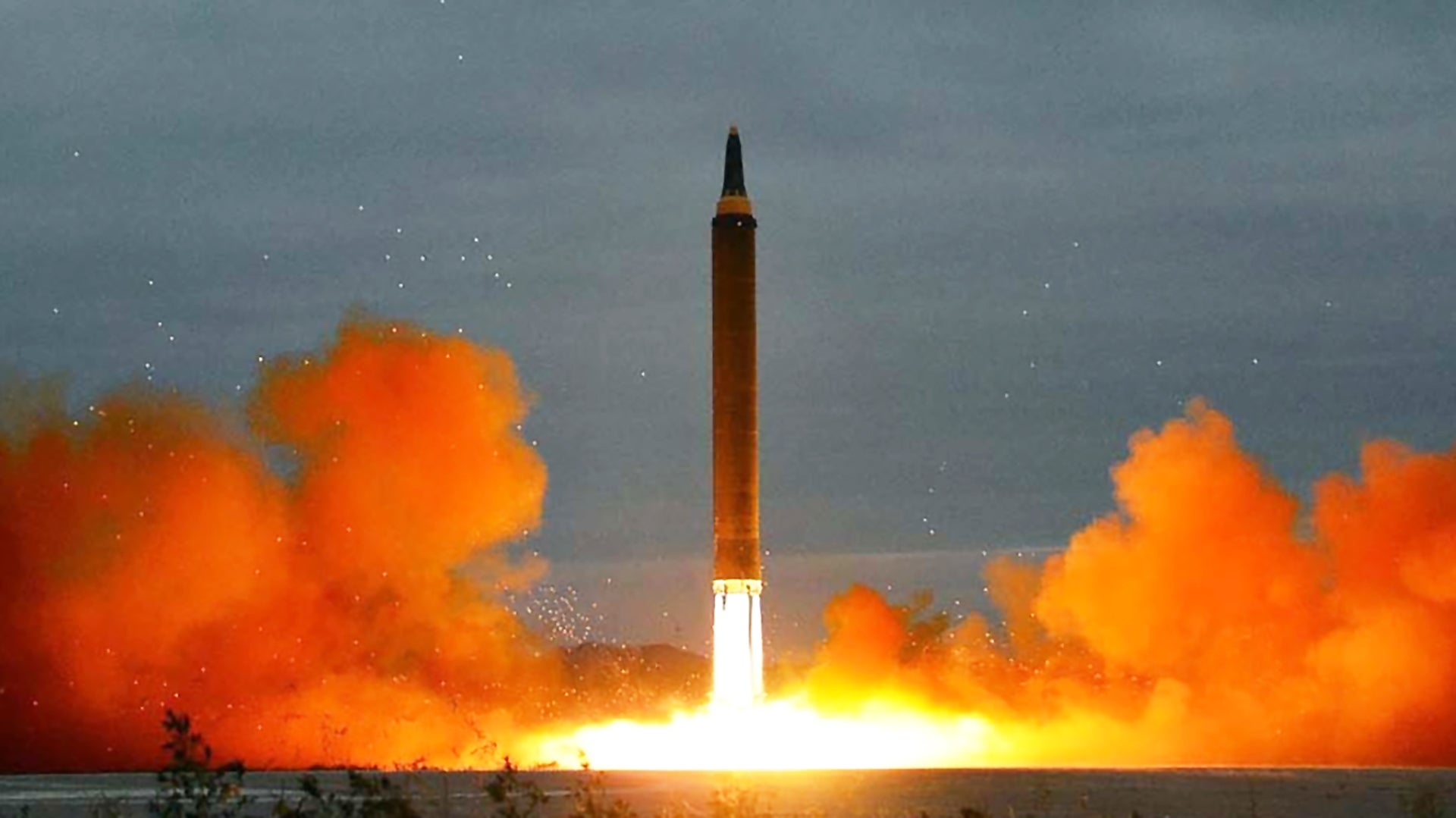
Summary
- Missile flies over Japan for first time since 2017
- Seoul says it appears to have been intermediate-range missile
- Japan issues shelter warning, stops some trains
- Test condemned by U.S., South Korea, Japan
SEOUL/TOKYO, Oct 4 (Reuters) – Nuclear-armed North Korea test-fired a ballistic missile farther than ever before on Tuesday, sending it soaring over Japan for the first time in five years and prompting a warning for residents there to take cover.
U.S. President Joe Biden and Japanese Prime Minister Fumio Kishida spoke by phone and condemned the test in the “strongest terms,” calling it a danger to the Japanese people, and Biden reinforced the “ironclad” U.S. commitment to the defence of Japan, the White House said.
The United States asked the U.N. Security Council to meet on North Korea on Wednesday but diplomats said China and Russia are opposed to a public discussion by the 15-member body.
U.N. Secretary-General Antonio Guterres condemned the launch as a “reckless act” and a violation of Security Council resolutions. Sanctions have been imposed on North Korea’s weapons programs. U.N. spokesman Stephane Dujarric said it was a serious concern that Pyongyang had again disregarded international flight and maritime safety.
North Korea fires ballistic missiles after condemning U.N. meeting, U.S. drills
It was the first North Korean missile to follow a trajectory over Japan since 2017, and its estimated 4,600 km (2,850 mile) flight was the longest in a North Korean test, which are usually “lofted” into space to avoid flying over neighbouring countries.
Japan warned its citizens to take cover and suspended some train services when the missile passed over its north before falling into the Pacific Ocean.
In response, U.S. and South Korean warplanes practiced bombing a target in the Yellow Sea and fighter jets from the United States and Japan also carried out joint drills over the Sea of Japan, the U.S. military said, the latest move in a cycle of muscle flexing.
A U.S. aircraft carrier made a port call in South Korea for the first time since 2018 on Sept. 23, and North Korea has conducted five launches in the last 10 days.
The period has also seen joint drills by the United States, South Korea and Japan, and a visit to the fortified border between the Koreas by U.S. Vice President Kamala Harris.
North Korea accuses Washington and its allies of threatening it with exercises and defence build-ups.
Recent tests had drawn relatively muted responses from Washington, which is focused on the war in Ukraine and other crises.
But the U.S. military has stepped up displays of force and the White House National Security Council called the latest test “dangerous and reckless.”
The United States was still analysing the test “so we can better understand what capabilities they put in the air”, national security spokesman John Kirby told Fox News.
South Korea’s defence minister, Lee Jong-sup, told parliament North Korea had completed preparations for a first nuclear test since 2017 and it might use a smaller weapon meant for operational use, or a big device with a higher yield than in previous tests.
Lee said it was difficult to predict when North Korea would conduct its seventh nuclear test, but lawmakers briefed by intelligence officials last week said a window could be between China’s Communist Party Congress this month and U.S. midterm elections in November.
The top U.S. diplomat for East Asia, Daniel Kritenbrink, said a nuclear test was likely only awaiting a political decision and would represent “a grave escalation that would seriously threaten regional and international stability and security.”
Kritenbrink accused China and Russia of emboldening North Korea by not properly enforcing sanctions.
The White House said Biden and Kishida “resolved to continue every effort to limit the DPRK’s ability to support its unlawful ballistic missile and weapons of mass destruction programs.”
After Tuesday’s test, a South Korean air force jet dropped a pair of guided bombs on a target off its west coast, in what Seoul called a demonstration of precision strike capability against the source of North Korean provocations.
Japan said it took no steps to shoot the missile down but Defence Minister Yasukazu Hamada said it would not rule out any options, including counterattack capabilities, as it looks to strengthen its defences. South Korea also said it would boost its military and increase allied cooperation.
‘REAL-WORLD’ TEST
South Korea’s Joint Chiefs of Staff said the test appeared to have been of an intermediate-range ballistic missile (IRBM) launched from North Korea’s Jagang Province.
North Korea has conducted several recent tests from there, including multiple missiles that it said were “hypersonic”.
The initial details suggested the missile may have been the Hwasong-12 IRBM, which North Korea unveiled in 2017 as part of what it said was a plan to strike U.S. military bases in Guam, said Kim Dong-yup, a former South Korea Navy officer who teaches at Kyungnam University.
The Hwasong-12 was used in 2017 tests that overflew Japan, and Kim noted it was also test fired from Jagang in January.
Flying a missile such a long distance allows North Korea’s scientists to test under more realistic conditions, said Ankit Panda of the Carnegie Endowment for International Peace.
“Compared to the usual highly lofted trajectory, this allows them to expose a long-range reentry vehicle to thermal loads and atmospheric reentry stresses that are more representative of the conditions they’d endure in real-world use,” he said.
South Korean President Yoon Suk-yeol called the test “reckless” and said it would bring a decisive response from his country, its allies and the international community.
Japan’s Kishida called North Korea’s action “barbaric”.
Even so, Kritenbrink said Washington remained open to talks with North Korea, while warning of U.S. resolve to pursue further sanctions and other costs on Pyongyang.
Decades of U.S.-led sanctions have not stemmed North Korea’s increasingly sophisticated missile and nuclear bomb programs, and its leader Kim Jong Un has shown no interest in returning a failed path of diplomacy he pursued with former U.S. President Donald Trump.
By Hyonhee Shin, Josh Smith and Kantaro Komiya
Published by Reuters
&&&
[Related photos compiled by The 21st Century]
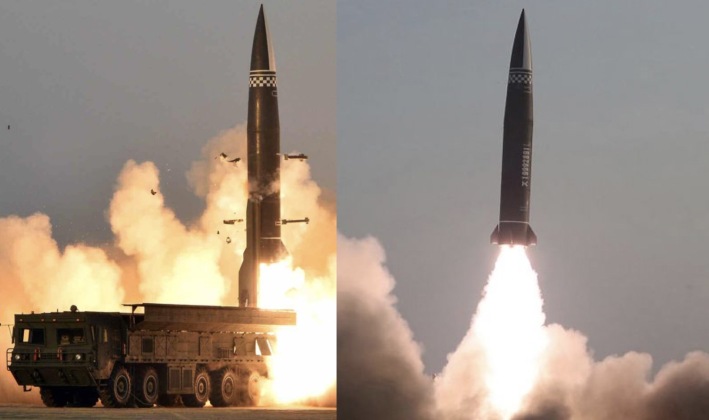
North Korea’s New Hypersonic Missile Has a Massive 2.5 Ton Warhead and ’Low Altitude Gliding Leap’ Flight Mode (March-28th-2021) By Military Watch Editorial Staff
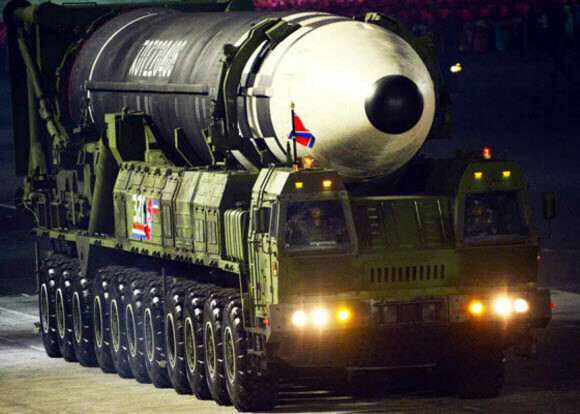
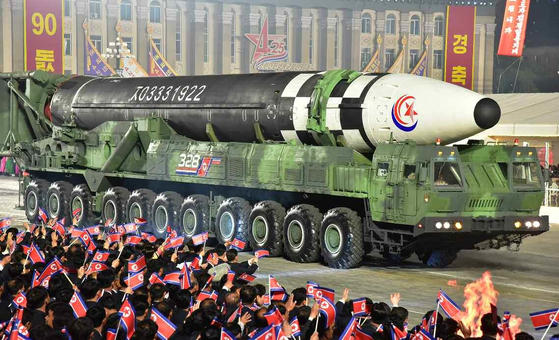
[News analysis] How was DPRK able to build its monstrous new ICBM [Hwasung 17]?Posted on : Oct.13,2020
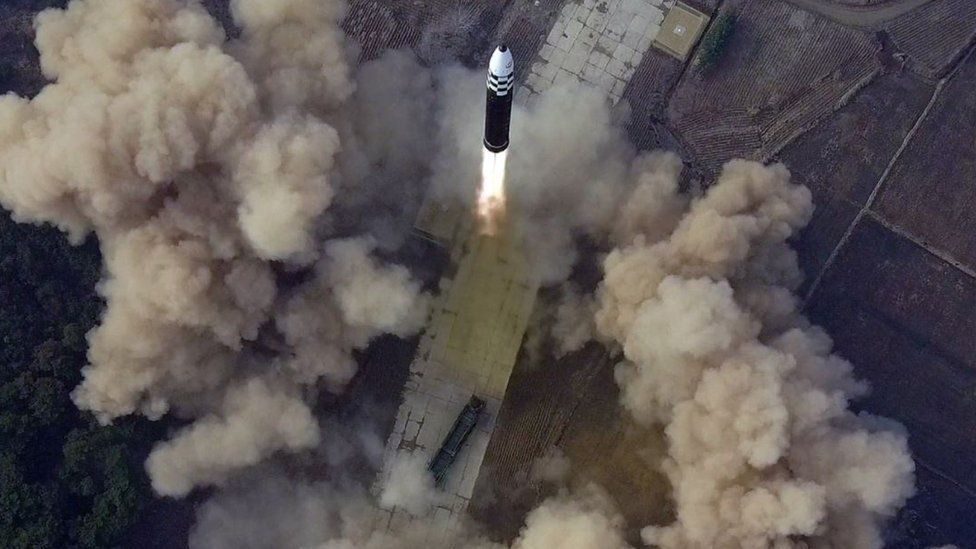 DPRK’s Monster ICBM Hwasong-17 successfully tested, capable of hitting anywhere in the U.S. – Frontier India News Network 2022-03-25
DPRK’s Monster ICBM Hwasong-17 successfully tested, capable of hitting anywhere in the U.S. – Frontier India News Network 2022-03-25
Republished by The 21st Century
The views expressed in this article are solely those of the author and do not necessarily reflect the opinions of 21cir.com
